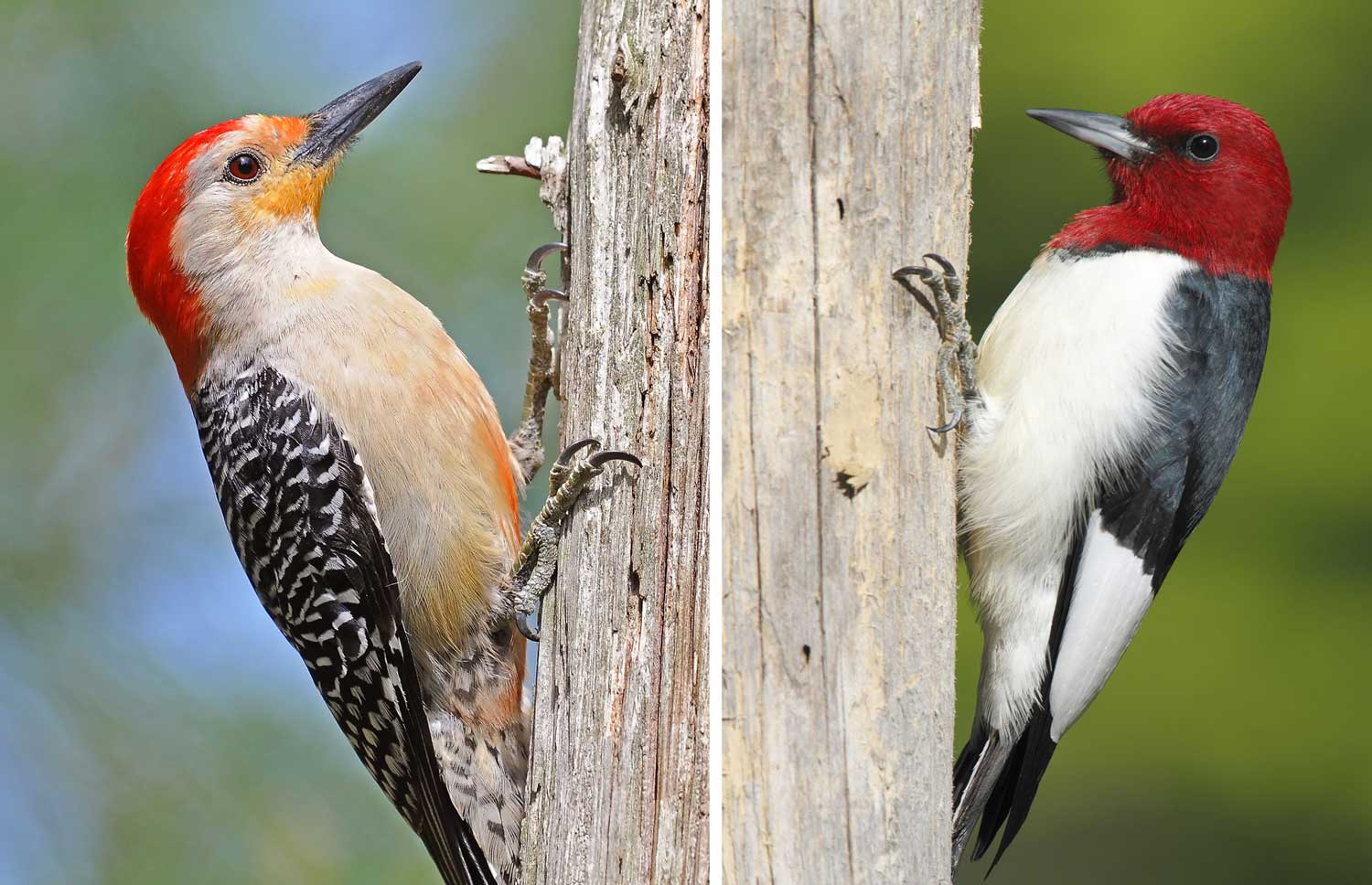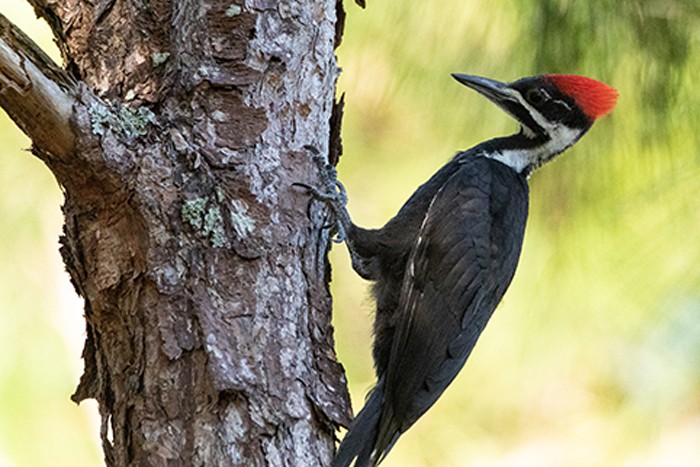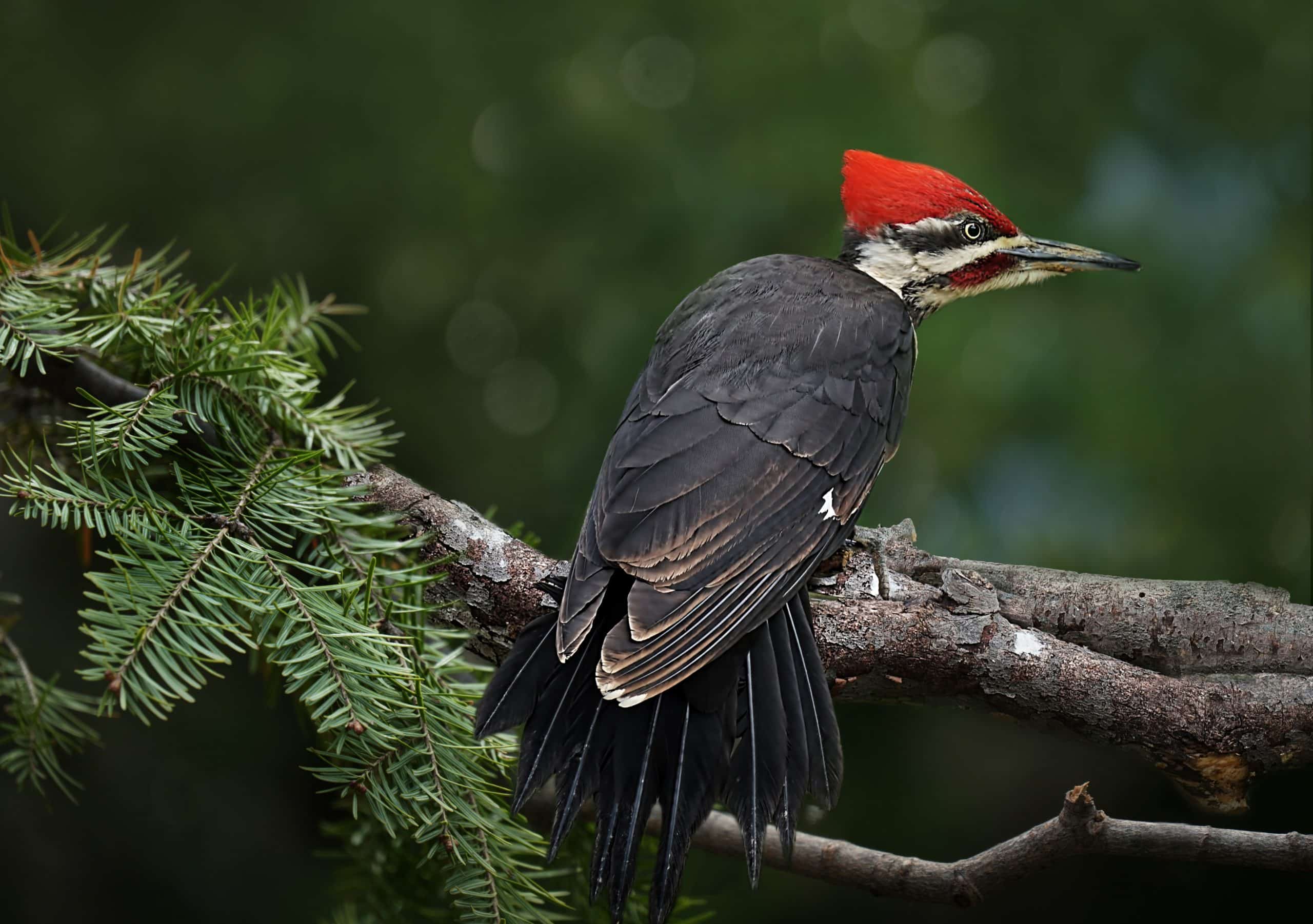Woodpeckers in Florida: Natural History, Ecology, and Preservation
Woodpeckers in Florida: Natural History, Ecology, and Preservation
Blog Article
Discover the Remarkable Globe of Woodpeckers: Everything You Required to Know
The world of woodpeckers is a realm loaded with special actions, complex adjustments, and a diverse variety of species. From their environments and distribution patterns to their feeding habits and specialized anatomical attributes, woodpeckers have long mesmerized the rate of interest of ornithologists and nature lovers alike. Comprehending the details of these remarkable birds supplies a peek into the complicated interplay in between their biology and the environment. As we explore the world of woodpeckers better, we discover a wealth of info that clarifies their relevance in communities and the challenges they deal with in an ever-changing world.
Woodpecker Habitats and Circulation
Woodpeckers occupy a diverse variety of settings worldwide, showcasing flexibility in their circulation patterns. These durable birds are located in forests, forests, savannas, and deserts across numerous continents, demonstrating their capacity to thrive in various weather conditions. In North America, as an example, woodpeckers can be found in both coniferous and deciduous forests, utilizing their strong beaks to forage for pests and create nesting dental caries in trees. In Africa, particular woodpecker species have actually adjusted to dry settings, such as the acacia forests, where they play a crucial role in managing insect populations.

Feeding Behaviors and Diet
Woodpeckers utilize their strong beaks to drill right into the bark of trees, penetrating for pests and larvae concealed below the surface area. In addition to insects, woodpeckers likewise consume nuts, seeds, fruits, and sap.
Woodpeckers are known for their drumming habits, which offers not only to interact with various other woodpeckers however additionally to find food. The fast drumming sound is developed by the bird pecking on powerful surface areas like dead trees or steel poles. This habits can draw in insects hidden in the wood, allowing the woodpecker to spot their existence and feed upon them.
Distinct Adaptations for Tree Climbing
In their proficient pursuit of bugs concealed within tree bark, woodpeckers have evolved exceptional anatomical functions that equip them with distinct adaptations for effective tree climbing. Among the key adaptations is their zygodactyl feet, with two toes pointing forward and two directing backwards, giving a solid grasp on tree trunks. This specific foot plan enables woodpeckers to hold on to vertical surfaces effortlessly, allowing them to relocate up and down trees with dexterity. Additionally, woodpeckers additional info have tight tail feathers that act as a supportive prop while they climb up, aiding in balance and security. Their strong, chisel-like beaks are not just utilized for boring right into wood yet also for grasping onto bark as they rise tree trunks. Moreover, woodpeckers have strong neck muscle mass and an unique head framework that take in the impact of consistent pecking, permitting them to climb up and down without triggering damage to their brains. These adjustments showcase the incredible evolutionary style that enables woodpeckers to navigate trees with accuracy and efficiency.
Diverse Woodpecker Variety Worldwide
With over 200 various species spread out throughout numerous environments worldwide, the household of Picidae encompasses an impressive diversity of woodpeckers. These birds can be found in woodlands, woodlands, savannas, and even city locations, showcasing their versatility to various settings. From the renowned Northern Flicker in North America to the colorful and evasive Crimson-backed Flameback in Asia, each woodpecker species shows one-of-a-kind attributes in terms of quill, actions, and environment choice.
Woodpeckers differ significantly in size, with the small Downy Woodpecker measuring around 6-7 inches in size, while the effective Lineated Woodpecker can reach up to 17 inches - Woodpeckers in Florida. Their beaks additionally can be found in various sizes and shapes, reflecting their feeding habits. Some varieties specialize in extracting bugs from check out here tree bark, like the Acorn Woodpecker, while others, such as the Black-cheeked Woodpecker, eat fruits and seeds

Preservation Initiatives and Obstacles
Conservation initiatives for woodpecker populations are critical in mitigating the impact of habitat loss and other risks dealing with these diverse bird species. Woodpeckers deal with different difficulties to their survival, mostly due to logging, urbanization, environment adjustment, and invasive types. To deal with these problems, preservation initiatives concentrate on shielding and bring back woodpecker habitats, carrying out lasting forestry techniques, and elevating awareness about the relevance of these birds in ecological communities.
One substantial difficulty in woodpecker conservation is the fragmentation of their habitats, resulting in isolated populaces that are a lot more susceptible to extinction - Woodpeckers in Florida. Preservationists function to produce wild animals hallways and protected areas that connect these fragmented environments, enabling woodpeckers to move in between various visit this page areas for feeding, breeding, and shelter

Verdict
Finally, woodpeckers are remarkable birds with one-of-a-kind adjustments for tree climbing and feeding actions. They can be discovered in varied habitats worldwide, facing preservation difficulties as a result of habitat loss and human activities. Comprehending their habitats, diet plans, and actions is important for conservation initiatives to safeguard these vital bird species. Additional research and preservation actions are required to ensure the survival of woodpeckers in the wild.
Report this page